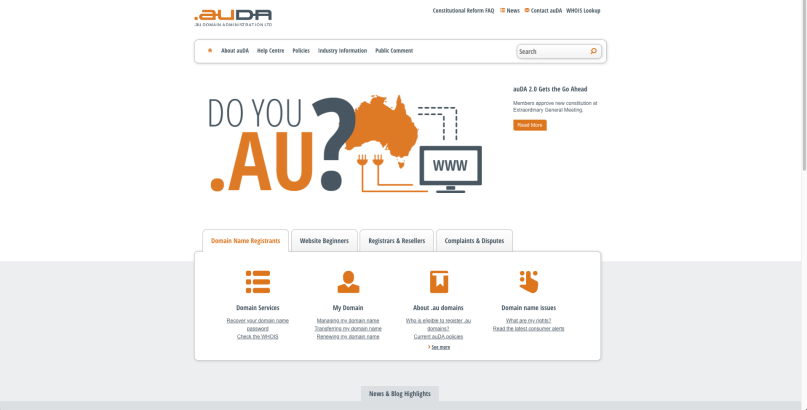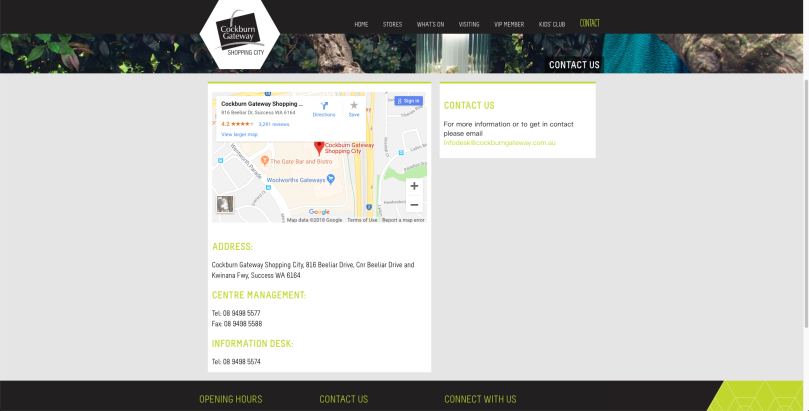With the rapid development of the Web, the amount of information accumulated on the Web is getting larger and larger. At the same time, the popularity of the Internet and the rapid development of e-commerce have also changed the way people access information in the form of fees. People prefer to get information on the Internet. The Web has become one of the ways for people to get useful information. However, the Internet is a double-edged sword, bringing people great convenience as well as a series of problems. Among them, how to distinguish the credibility of high-quality information from the complex mass information has become a problem that has long puzzled people. The problem has also hindered the development of the network to some extent.
Evaluating information sources is an important part of the research process. Not all information is reliable or true, nor will all information be suitable for your paper or project. Print and Internet sources vary widely in their authority, accuracy, objectivity, currency, and coverage. Users must be able to critically evaluate the appropriateness of all types of information sources prior to relying on the information(“Evaluating Information Resources | Elmer E. Rasmuson Library”, 2018).
As a student, I always need to research for my essay topic, The credibility of the website is a trouble for me because I do not know whether it can be trusted. So I often feel confused about which sources can be trusted.
References:
Evaluating Information Resources | Elmer E. Rasmuson Library. (2018). Retrieved from https://library.uaf.edu/ls101-evaluation
Fogg, B.J. (2003). Credibility and the world wide web. In persuasive technology; using computer to change what we think and do (pp.122-125). Amsterdam: Morgan Kaufmann publishers.



